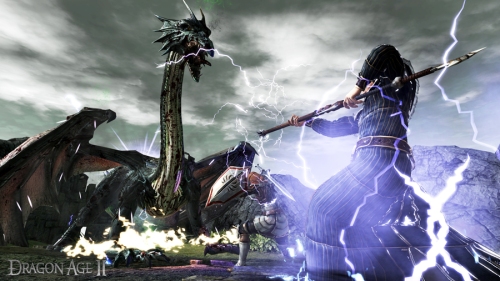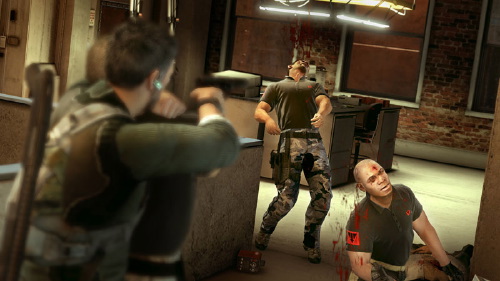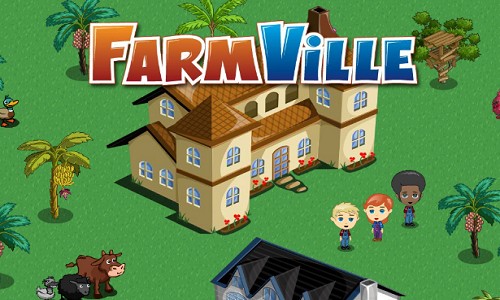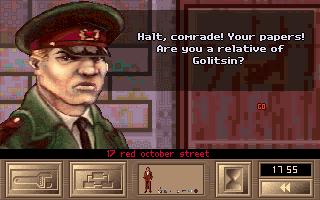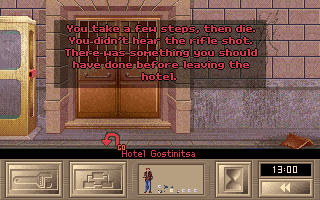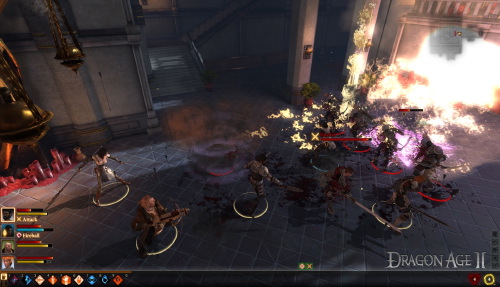
Aw, come on guys, don’t burn down the Chantry. What would Andraste think? Combat in Dragon Age II has most of the same tools as in Dragon Age: Origins, but that doesn’t mean the challenges are equally sophisticated.
In an earlier post, I discussed Dragon Age II’s Dialog System, and looked at what it was designed to do and how some frustrated fans interpreted it. Another common complaint about Dragon Age II is that its combat is less tactical than its predecessor, Dragon Age: Origins, reducing the sequel to just hack and slash, rather than the thoughtful combat tactics of its predecessor. I agree, but only partly; Dragon Age II remains a tactical action RPG, but several design decisions in Dragon Age II have noticeably degraded the depth of combat. Let’s dive right in.
Multiple Waves in Every Battle: Possibly the Single Worst Design Decision in Dragon Age II
In Dragon Age II, in almost every battle, enemies attack in waves. In some battles, having enemies attack in waves makes sense. For example, the game’s introduction involves darkspawn attacking from all sides, and they keep coming as you kill them. That’s great, and in small doses, this frantic disruption in your combat awareness is exciting. But when you’re fighting a street gang at night, having a dozen archers spawn all around the battlefield just as you think the battle is ending is absurd, and the novelty and surprise is wasted when nearly every encounter in the game does this. Having multiple waves to most battles has two severely detrimental effects on combat tactics.
First, it destroys your positioning. You might have your archer and mage standing on a hill, raining destruction on the melee below, only to have four enemies spawn on top them. Enemies often appear from multiple directions simultaneously, including sides that have no logical explanation for how the enemies got there — just because a part of the battlefield looks like it’s a safe high ground or corner against a wall doesn’t mean that your squishy characters won’t suddenly have an enemy assassin on top of them.
Second, it destroys your ability pacing and healing. Most abilities are on cooldown, and with enemies coming in waves, you can’t effectively assess when to use powerful abilities, since the full list of enemies isn’t disclosed at the start of the battle. You can’t judge whether you need to use a healing item or can just finish the enemy off, since it’s never certain if the encounter is going to end after all the visible enemies are killed, or if a bunch of ranged enemies are about to appear and rain death on your weakened tank if you don’t notice quickly enough.
Having waves of enemies is interesting for a few encounters, but having it as the staple is ridiculous. It doesn’t make sense and it just cripples your ability to judge a situation and reason about it. Tactical games that make an ever-present threat of enemy reinforcements an interesting challenge invariably give you information about where the reinforcements are likely to appear, so you can take that into account; here you just have to cross your fingers and hope the enemy doesn’t spawn two feet in front of your mages.
Five More Ways Dragon Age II Simplifies Combat
1. Reduced positional incentives for rogues. In Dragon Age: Origins, rogues gained automatic critical hits for attacking enemies from behind, with a different combat animation showing their improved attacking ability. Dragon Age II removes this special backstab bonus in favor of a general increased chance of critical hit to all classes, and unlockable abilities to give rogues automatic critical hits later on. This is nice in the sense that it gives everyone an incentive to get behind the enemy, regardless of class, and rogues still benefit most from it, since they have the highest critical hit bonuses on average. However, on the whole, rogues still benefit less from standing behind enemies than they did before, and the ratio of damage gained by moving to attacks missed while moving is so bad now that it’s rarely worthwhile to walk around an enemy instead of slicing it up from the front. Most enemies just die too fast to make strafing around them for a critical hit chance bonus worthwhile. Later on, rogues can pick up an ability to give them automatic critical hits regardless of where they stand, as long as the enemy is engaging another character.
2. No friendly fire except on the highest difficulty. In Dragon Age: Origins, standard difficulty had area of effect attacks doing half damage to your party, full to the enemy. The lowest difficulty removed friendly fire; the higher difficulties brought friendly fire to full damage. Friendly fire prevents you from spamming your best area effect spells on packs of enemies crowded around the tank, unless you’re willing to maul your tank in the process. By removing it for all but the hardest difficulties, many encounters are solved with a skeleton key tactical formula: 1) Your rogue rushes the enemy mages. 2) Your tank gathers the melee enemies. 3) Your mage spams area effect spells on the tank. 4) Everyone cleans up the archers.
3. No traps. In Dragon Age: Origins, you could lay traps in strategic positions before initiating combat. Combining this with rogues scouting ahead was often a significant tactical advantage. Traps were never a huge part of the game, and I don’t completely disagree with the decision to remove them, but it definitely contributes to an inability to control the flow of battle.
4. No ability to detect enemies that use stealth. In Dragon Age: Origins, characters in stealth had a chance to be detected. Now you just have to sit around after the enemy assassin vanishes and hope they try to backstab your tank instead of your mage. The only tactical consideration stealth has for you is that you should stun enemy assassins so they don’t vanish while you’re trying to focus them down. Enemies with stealth would be far more interesting if you could throw down detection fields or otherwise burn abilities trying to compensate for the fact that the enemies have stealth.
5. Low camera angle. In Dragon Age: Origins, you could pull the camera back to get a bird’s eye view of the action. In Dragon Age II, this ability has been greatly reduced, to the point where it’s difficult to quickly assess the battlefield from a high angle unless everyone is clumped up. This even makes it hard to give characters instructions to run to a raised platform unless they’re standing near it. It’s not clear to me why they chose to do this; it seems more likely that it’s a technical issue with level design or graphics, rather than a gameplay decision.
But It’s Still Pretty Fun
There are nuts and bolts reasons for combat’s tactical simplicity, but they don’t make Dragon Age II a simple hack and slash. The meat of the game’s tactical combat is still there, it’s just… hampered. If you want to play a tougher tactical game than the normal difficulty provides, you can also crank the difficulty up. I don’t do this because I find the waves of enemies completely destroy my ability to play on high difficulty levels, since I can’t plan ahead. Some people make it work.
The faster pace of Dragon Age II’s combat also doesn’t hamper the tactical complexity of combat. It has faster attack animations and rapid closing attacks that have characters literally leaping several meters across the battlefield to almost instantly close distance and slam into enemies, dealing bonus damage before they open up into rapid combos. Warriors swing their large weapons and hit multiple enemies with every blow, rogues hit several times per second, and mages get a workout as they literally dance in place, blasting their autoattack spells at the enemy with flair. It certainly has a breakneck pace that seems out of place in a tactical RPG, and most of the complaints I’ve seen cite this as the biggest flaw of combat, the one thing that ruins the game’s tactical complexity. I think that’s nonsense.
Faster combat and more exciting animations doesn’t strip out the tactics, it just streamlines the action. There’s still plenty of time to react to changing situations, and your combat performance will improve dramatically if you make use of frequent pausing to direct and coordinate your party members and their abilities. Abilities still have specific areas of effect, with lots of positional modifiers and aggression management abilities, and many higher-level abilities can make use of coordinated cross-class ability combinations to deal massive damage. All the ingredients of a tactical game are still there, and they balance the difficulty such that playing without making use of good combat tactics will make it harder, and impossible on higher difficulties. The speed of combat is exciting and interesting, and I prefer it to the measured pace of its predecessor.
Finally, even if you do agree with those dramatic fans who argue the game’s combat is just ruined, try completely altering your expectations by turning the difficulty down to casual and rocking your way through the game as a hack and slash. Maybe even drop down to two or three people in your party to balance it out a bit. You might find the game is fun when you change the pace of combat, even if it’s not the same game you were expecting. Most players shouldn’t have to do this, but if the things I outlined above drive you completely crazy, give it a shot.
